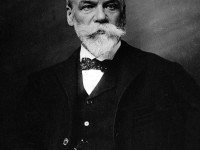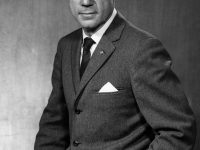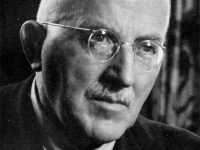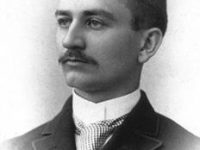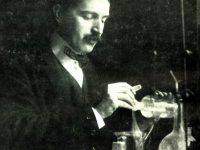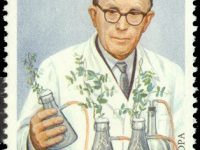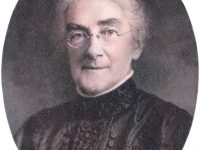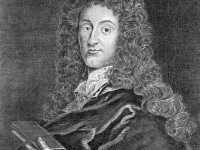Ernest Solvay and his Love for Physics
On April 16, 1838, Belgian chemist, industrialist and philanthropist Ernest Gaston Joseph Solvay was born. Solvay invented the Solvay Process (1863), a commercially viable ammonia-soda process for producing soda ash (sodium carbonate), widely used in the manufacture of such products as glass and soap. In 1911, he began a series of important conferences in physics, known as the Solvay Conferences, whose participants included luminaries such as Max Planck, Ernest Rutherford, Maria Skłodowska-Curie, Henri…
Read more

